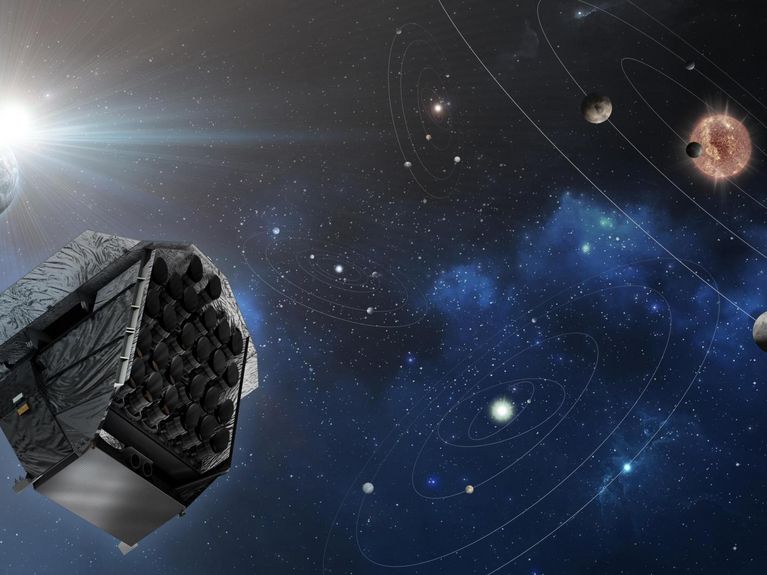
Challenge #41
Finding a second Earth in the universe.
How do you find an Earth-like planet around a Sun-like star? The answer: not by moving there, but by learning more about our own origins and about life in the universe from exoplanets.
Participating centers
The desire to find an Earth-like planet outside the solar system has long been a driving force behind space exploration. Many of the exoplanet systems known today are extremely different from our own solar system, as most of the planets found so far are orbit around so-called red dwarfs (small, relatively cold stars). Because these planets are easier to detect, the first dedicated missions focused on these types of stars (e.g. NASA’s Kepler Mission).
Exoplanets in orbit around sun-like stars are considerably more difficult to find because they are very faint compared to their star. Often, they are outshone by the brighter stars around which the orbit. Circling brighter, hotter stars, these planets’ habitable zones are also further away from the star, making orbital periods longer and requiring telescopes to observe those stars over a longer period of time in order to capture the important transits of their planets. Under the leadership of ESA and in collaboration with many European partners, DLR is developing a payload for the PLATO Mission to address this question of great interest to humanity: Are there any “second Earths” in our galactic neighborhood?
(Header: OHG-System-AG)